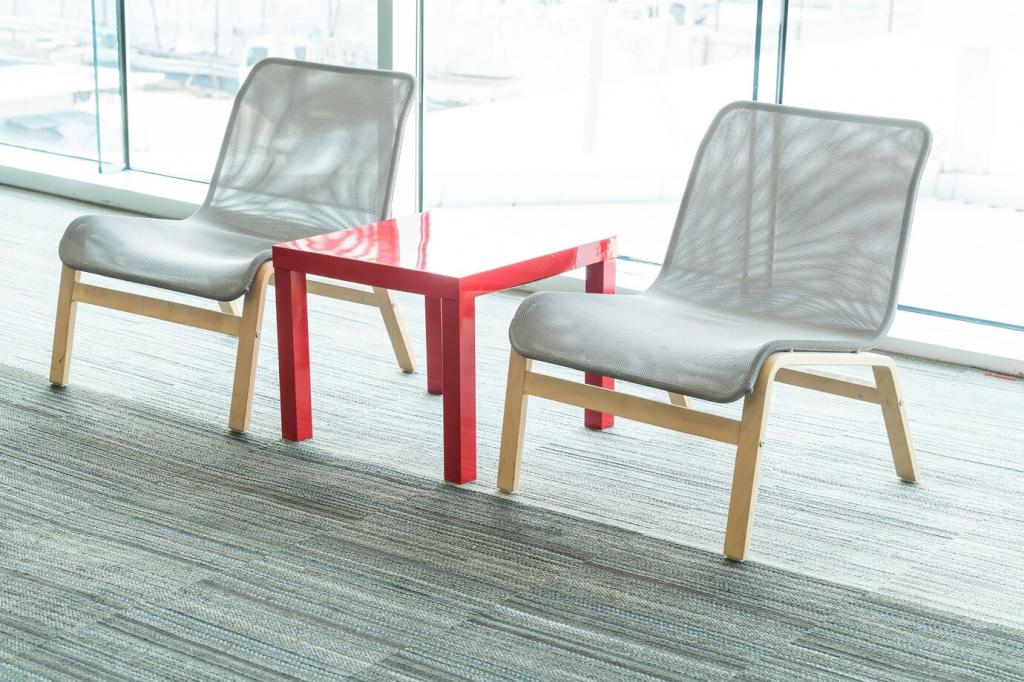Fillings, Stuffings, and the Philosophy of Comfort
Hand-fluffed kapok fibers feel weightless yet supportive. Artisans tease clumps, pack them into ticking, and gently massage cushions to settle the loft. Naturally moisture-resistant, kapok suits tropical climates and airy verandas beautifully.
Fillings, Stuffings, and the Philosophy of Comfort
In Andean and Himalayan regions, carded wool is layered as batting, then needled or stitched in place. Its springy resilience, warmth, and lanolin-soft hand produce seats and daybeds inviting longer conversations and winter reading.





